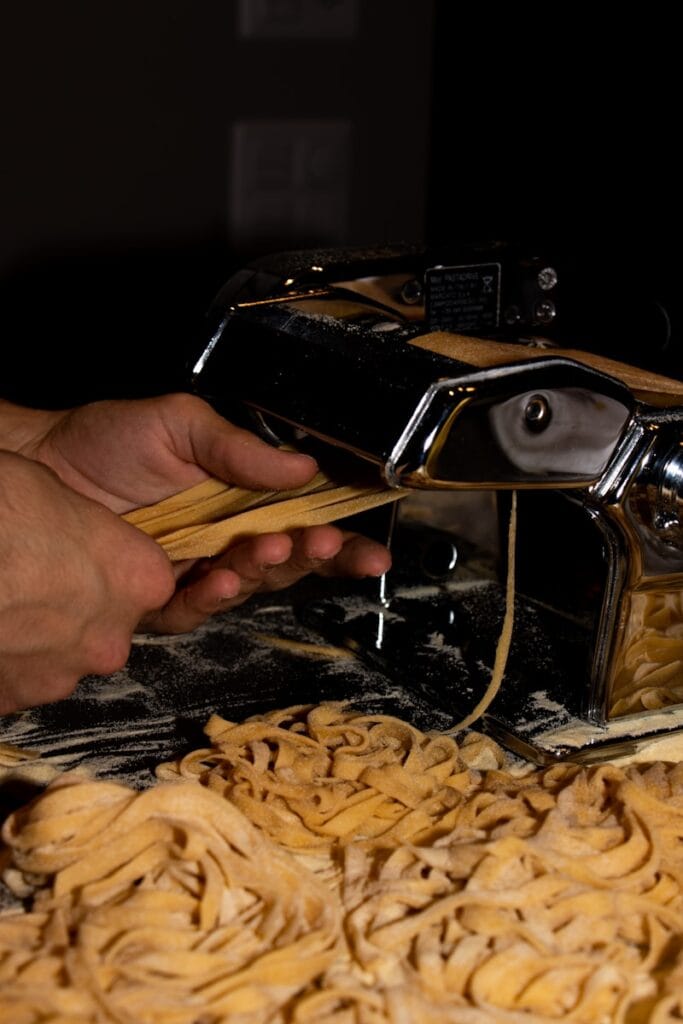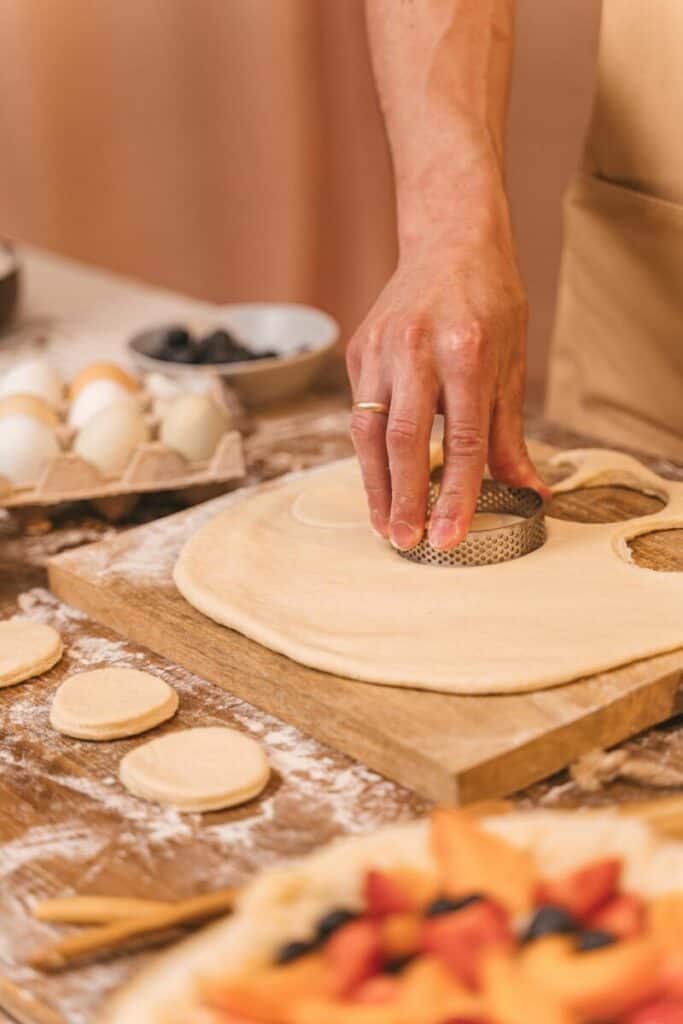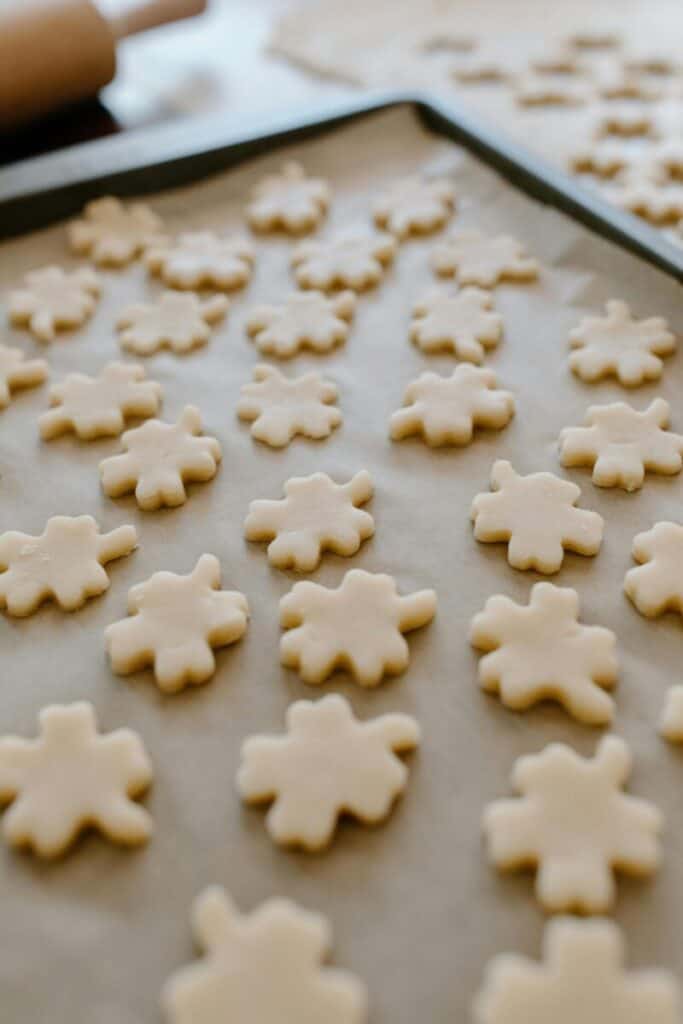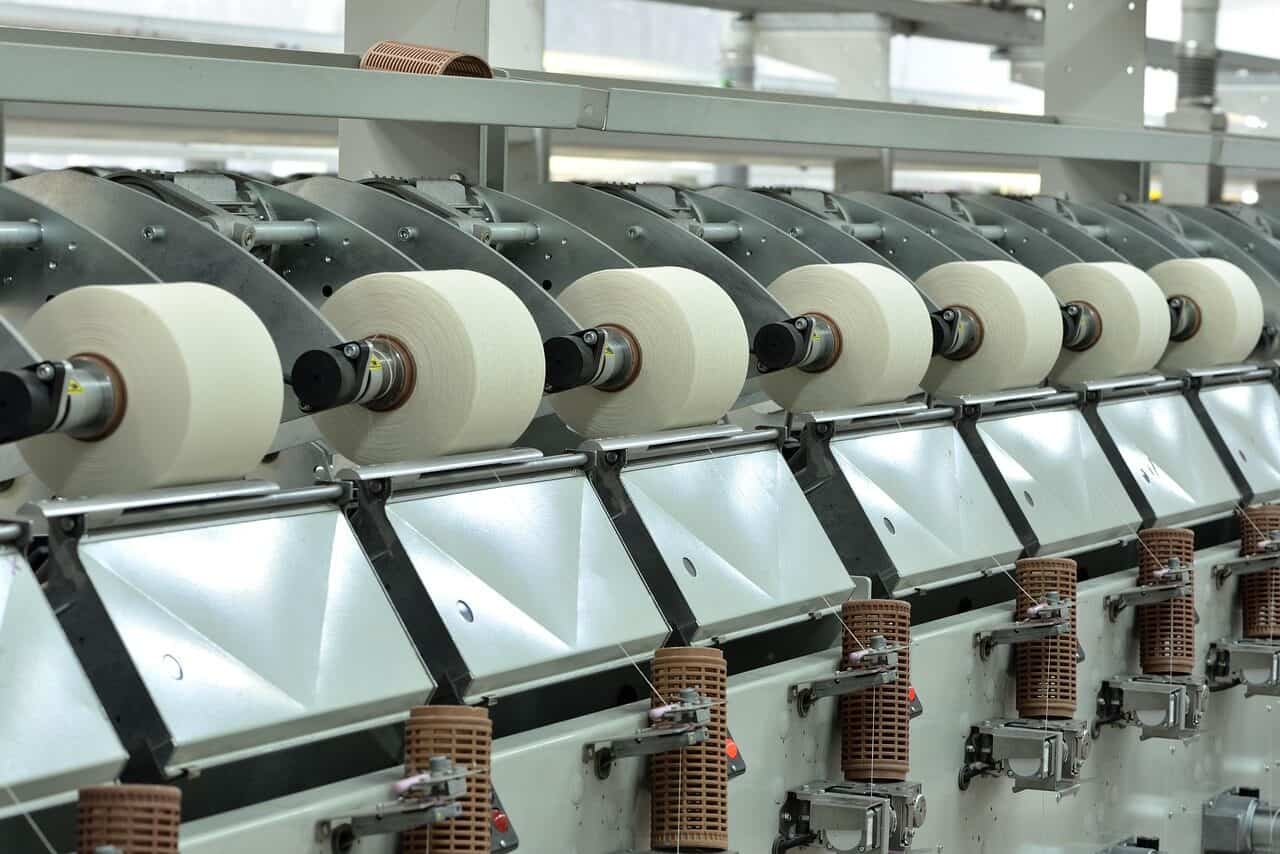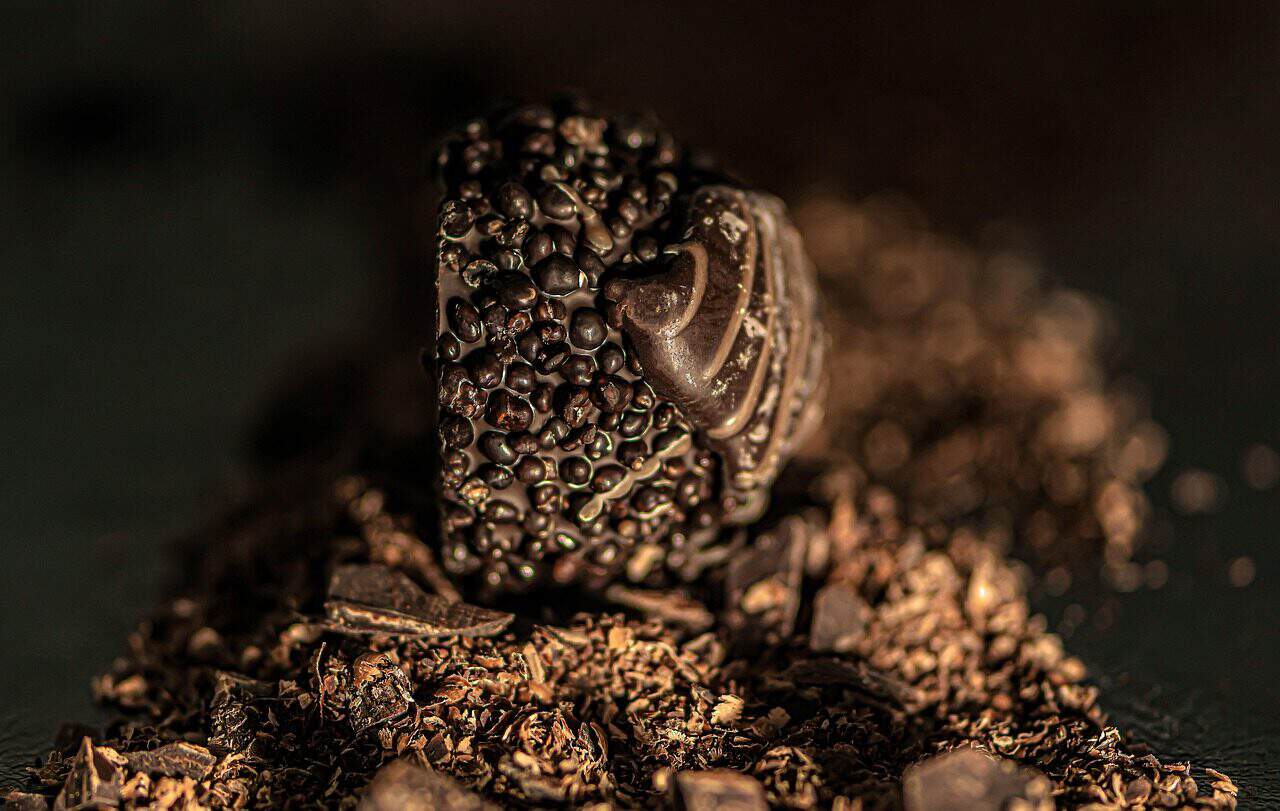La ingeniería detrás del lote perfecto: Un análisis técnico de las cortadoras automáticas de galletas
Este artículo va más allá de una descripción básica de una cortadora automática de galletas. Proporcionamos un análisis técnico en profundidad de cómo funcionan estas máquinas a nivel de ingeniería. Esta guía está diseñada para propietarios, gerentes y técnicos que las operan y mantienen.
Desglosaremos los sistemas centrales que transforman una masa en miles de productos perfectamente uniformes. Este análisis abarca la relación crítica entre:
- Manipulación y preparación de la masa
- Mecanismos de corte y tecnologías de accionamiento
- Sistemas de control e integración de sensores
- Ciencia de los materiales y diseño higiénico
Anatomía de un sistema
Para entender los detalles de ingeniería, primero debemos fijarnos en los componentes principales de la máquina. Estos subsistemas trabajan juntos en una secuencia precisa y sincronizada. Esto garantiza un rendimiento constante.
El flujo del proceso
El viaje desde la masa cruda hasta el producto cortado sigue una trayectoria lineal y muy controlada. Cada etapa es crítica en la cadena de producción.
[Para visualizarlo, recomendamos un sencillo diagrama de flujo que ilustre las siguientes etapas].
- Carga de masa: Una tolva recibe grandes lotes de masa preparada. Suele tener su propio mecanismo de alimentación.
- Láminas de masa: Una serie de rodillos calibradores adelgaza progresivamente la masa. Así se crea una lámina continua de grosor exacto y uniforme.
- Estación de corte: El conjunto del cabezal de corte estampa las formas de las galletas a partir de la hoja de masa. Está equipado con el troquel deseado.
- Retirada de chatarra: Un transportador de celosía o un sistema de vacío retiran cuidadosamente la masa no utilizada. Esta masa rodea las formas cortadas y se vuelve a procesar.
- Transportador Descarga: El galletas perfectamente cortadas continúan en una cinta transportadora. Pasan a la siguiente fase de producción, como una cargador de hornos o línea de envasado.
Subsistemas clave
Varios sistemas mecánicos y electrónicos básicos hacen posible el proceso físico. Las siguientes secciones profundizarán en la ingeniería del sistema de alimentación, el conjunto del cabezal de corte, el sistema de transporte y el panel de control. El panel de control alberga el PLC y la HMI.
Manipulación y preparación de la masa
Los cimientos de una producto final homogéneo se coloca mucho antes de la acción de corte. La calidad, el peso y la uniformidad de cada galleta dependen totalmente de la precisión de la fase de manipulación y preparación de la masa.
Laminado y calibrado de la masa
El corazón de la preparación de la masa reside en los rodillos calibradores. No se trata de simples cilindros. Son componentes diseñados con precisión.
El diámetro del rodillo es un factor crítico. Los diámetros más grandes reducen el ángulo de compresión sobre la masa, minimizando la tensión.
Las superficies de los rodillos suelen ser de acero inoxidable o estar recubiertas de un polímero antiadherente como el teflón. Esto evita la adherencia de la masa.
La separación entre estos rodillos se controla mediante ajustes micrométricos. Esto permite realizar ajustes precisos y repetibles con una precisión de fracciones de milímetro. Cualquier incoherencia en el grosor de esta lámina de masa se traduce directamente en variaciones en los tiempos de horneado y en el peso del producto final.
Desde el punto de vista de la ingeniería, a menudo vemos una progresión de los sistemas de laminado de dos rodillos a los de tres rodillos. Un sistema de dos rodillos proporciona una reducción básica del espesor. Los sistemas avanzados de tres rodillos utilizan los dos primeros rodillos para trabajar suavemente la masa. El último rodillo logra el espesor deseado, lo que reduce significativamente la tensión interna en la estructura del gluten.
Masa Estrés y Relajación
Al laminar una masa rica en gluten, se la somete a tensión. Un fenómeno común es el “snap-back”. La lámina de masa se encoge ligeramente después de pasar por los rodillos finales.
Si la masa se corta inmediatamente, esta contracción puede dar lugar a galletas deformes o de tamaño insuficiente.
Para contrarrestar esto, las líneas automáticas de cortadoras de galletas de gama más alta incorporan una “cinta transportadora de relajación” corta. Se trata de una pequeña cinta transportadora de control independiente situada entre el rodillo de calibrado final y el cabezal de corte. Proporciona unos segundos cruciales para que la red de gluten interna de la masa se relaje. De este modo se garantiza la estabilidad y la precisión dimensional de la lámina en el momento del corte.
El mecanismo de corte
El cabezal de corte es donde se define la forma final. Sin embargo, la tecnología que acciona este movimiento es un diferenciador clave en el rendimiento de la máquina, la precisión y los requisitos de mantenimiento. Se trata de un área crítica de análisis para cualquier posible comprador o ingeniero.
El movimiento de estampación
La acción de corte en sí puede variar. El más básico es un simple sello vertical, que se mueve directamente hacia arriba y hacia abajo.
Las máquinas más sofisticadas emplean un movimiento orbital u oscilante. Este ligero movimiento horizontal durante el corte ayuda a “rebanar” la masa. Garantiza un borde más limpio y un mejor desprendimiento, especialmente con masas más pegajosas o delicadas.
Desglose del sistema de accionamiento
La fuerza y la precisión del movimiento de corte se consiguen mediante una de las dos tecnologías de accionamiento principales: neumática o servomotores. La elección entre una y otra representa un compromiso fundamental en cuanto a coste, control y complejidad.
Los sistemas neumáticos utilizan aire comprimido introducido en un cilindro para impulsar el cabezal de corte hacia abajo y hacia arriba. Son conocidos por sus altas velocidades de ciclo y su diseño mecánicamente sencillo. Esto suele traducirse en un menor coste inicial de la máquina. Sus principales inconvenientes son la falta comparativa de precisión en el control de la fuerza y la velocidad, el mayor ruido de funcionamiento y la susceptibilidad a la degradación del rendimiento por fugas en la línea de aire o mala calidad del aire.
Los sistemas de servomotor utilizan un motor eléctrico de alta precisión acoplado a un codificador para la realimentación posicional. Este sistema de bucle cerrado permite que un controlador lógico programable (PLC) dicte la posición, velocidad y par exactos de la cortadora en cualquier punto de su ciclo. Esto permite perfiles de movimiento complejos y programables, un funcionamiento más silencioso y una repetibilidad sin precedentes. La contrapartida es una mayor inversión inicial y una mayor complejidad electrónica.
Característica | Sistema neumático | Sistema de servomotor |
Precisión | Inferior; la fuerza depende de la presión del aire | Extremadamente alto; control preciso de posición, velocidad y par |
Velocidad | Posibilidad de frecuencias de ciclo muy elevadas | Alta, pero optimizada para controlar la velocidad bruta |
Controlar | Limitado; normalmente accionamiento on/off | Perfiles de movimiento totalmente programables |
Mantenimiento | Mecánica sencilla; comprobar juntas, calidad del aire | Más complejo; diagnóstico de software y sensores |
Nivel de ruido | Alto (escape de aire) | Bajo |
Coste inicial | Baja | Más alto |
Desde el punto de vista del mantenimiento, la resolución de problemas de los sistemas neumáticos suele estar relacionada con la calidad del aire y la integridad de las juntas. En nuestro análisis, aunque los servos ofrecen un rendimiento superior, la robustez y sencillez de los sistemas neumáticos los convierten en un caballo de batalla en aplicaciones menos exigentes y de alta velocidad. Aquí es donde la precisión absoluta es secundaria con respecto al rendimiento.
El cerebro de la operación
La automatización moderna está impulsada por una sofisticada red de controladores y sensores. Este sistema nervioso electrónico permite que una cortadora de galletas automática funcione con gran velocidad, precisión y una intervención humana mínima.
El PLC: Mando Central
La unidad de mando central de la máquina es el PLC, o controlador lógico programable. A diferencia de un ordenador de sobremesa estándar, un PLC es un ordenador industrial reforzado. Está diseñado para soportar vibraciones, ruido eléctrico y fluctuaciones de temperatura.
Su única función es ejecutar una secuencia lógica programada de forma fiable, miles de veces por hora. Lee las señales de entrada de los sensores y procesa esta información según su programa (la “receta”). A continuación, envía órdenes de salida para controlar motores, válvulas y actuadores.
HMI: Cabina de usuario
El operador interactúa con el PLC a través de la interfaz hombre-máquina (HMI). Suele tratarse de un panel de pantalla táctil reforzado.
Esta es la cabina del usuario. Aquí se seleccionan las recetas y se ajustan parámetros críticos como la velocidad del transportador, la velocidad de corte y el tiempo de permanencia. La HMI también es la principal herramienta de diagnóstico. Muestra el estado del sistema y los mensajes de alarma para guiar a los operarios y técnicos en la resolución de problemas. Un diseño intuitivo de la HMI es fundamental para reducir los errores del operario y el tiempo de formación.
El sistema sensorial
El PLC sólo puede controlar lo que puede medir. Una red de sensores industriales actúa como los ojos y los oídos de la máquina. Proporcionan información en tiempo real sobre el estado del proceso.
Los sensores fotoeléctricos se utilizan habitualmente para detectar el borde delantero de la hoja de masa. Esta señal activa el ciclo de corte. Garantiza que la cortadora actúe sobre el producto y no sobre una cinta vacía, evitando cortes erróneos y desperdicios.
Los detectores de proximidad inductivos se utilizan para detectar la presencia de piezas metálicas de la máquina. Son esenciales para confirmar la posición inicial o extendida del cabezal de corte. De este modo se evitan movimientos contradictorios.
Los encóderes se integran directamente en los servomotores y son la clave de su precisión. Proporcionan retroalimentación posicional de alta resolución al PLC. De este modo se cierra el bucle de control y se consiguen los perfiles de movimiento precisos de los que hablábamos antes.
Para aplicaciones avanzadas, puede utilizarse un sensor de visión para el “registro de productos”. Esto implica que el sensor detecta un patrón específico en la hoja de masa, como una decoración aplicada previamente. Envía una señal al PLC para que sincronice perfectamente el corte con ese patrón. Esto demuestra un mayor nivel de control integrado.
Ciencia y diseño de materiales
Los sistemas mecánicos y electrónicos deben estar alojados en una estructura duradera y que cumpla las estrictas normas de seguridad. normas de seguridad alimentaria. La elección de los materiales y los principios de diseño higiénico son aspectos innegociables de una galletera automática de calidad.
Materiales alimentarios
El término “acero inoxidable” no es suficientemente específico en un contexto de producción alimentaria. Los materiales utilizados se seleccionan cuidadosamente por sus propiedades específicas.
Los marcos y los componentes estructurales suelen ser de acero inoxidable 304 o 316. Ofrecen una gran resistencia a la corrosión por el agua y los productos de limpieza.
Las matrices de corte y los rascadores de masa suelen estar fabricados con polímeros de calidad alimentaria como el acetal (Delrin) o el polietileno de peso molecular ultra alto (UHMW-PE). Estos materiales son duraderos y ofrecen excelentes propiedades antiadherentes. Son respetuosos con las cintas transportadoras y no se astillan ni fragmentan como los plásticos frágiles.
Las cintas transportadoras están fabricadas con compuestos de poliuretano o PVC. Son resistentes a los aceites y grasas presentes en la masa y cumplen la normativa sobre contacto directo con alimentos.
Los organismos autorizados establecen las normas para estos materiales. El cumplimiento de normativas como las de la FDA (Food and Drug Administration) en EE.UU., NSF International o EU 1935/2004 en Europa es el sello distintivo de una máquina diseñada por profesionales.
Principios de diseño higiénico
El diseño de una máquina debe facilitar una limpieza fácil, rápida y exhaustiva para evitar la contaminación microbiana. Esto se consigue mediante opciones de ingeniería específicas.
- Las superficies son lisas y las soldaduras están pulidas. Todas las esquinas tienen radios generosos para eliminar las grietas donde pueden quedar atrapadas partículas de alimentos y bacterias.
- Los componentes clave, como las cintas transportadoras, los cabezales de corte y los rascadores, están diseñados para desmontarse sin herramientas. Esto permite al personal de mantenimiento desmontarlos rápidamente para su limpieza.
- Los componentes, como motores y rodamientos, se montan sobre separadores. Esto crea un espacio visible entre el componente y el bastidor de la máquina. Esto permite limpiarlos por detrás y por debajo.
- Las carcasas electrónicas y los motores de la zona de lavado tendrán un grado de protección IP65 o superior. Esto indica que están protegidos contra la entrada de polvo y chorros de agua a baja presión desde cualquier dirección.
Conclusiones: Sintetizar la tecnología
El rendimiento de una cortadora automática de galletas no se define por una única métrica como la velocidad. Es el resultado de una síntesis compleja y deliberada de tecnología. El producto final la calidad es una función directa de la interacción entre la precisión mecánica del sistema de accionamiento, la retroalimentación inteligente del PLC y la red de sensores, y la integridad fundamental de su construcción material y diseño higiénico. Comprender estos principios básicos de ingeniería permite a las instalaciones tomar mejores decisiones de compra. Les permite aplicar procedimientos operativos más eficaces y ejecutar una resolución de problemas más eficiente. Todo ello redunda, en última instancia, en una línea de producción más rentable y fiable.
Enlaces de referencia:
- https://ieeexplore.ieee.org/xpl/RecentIssue.jsp?punumber=8856
- https://www.rockwellautomation.com/en-us/industries/food-beverage.html
- https://www.foodengineeringmag.com/
- https://www.ieee-ras.org/publications/t-ase
- https://www.jrautomation.com/industries/food-beverage
- https://shapeprocessautomation.com/industries/food/
- https://fortififoodsolutions.com/
- https://premierautomation.com/who-we-help/industries/food-beverage-industry/
- https://www.industrialautomation.us/industries/food-processing/
- https://www.shambaugh.com/services/national-food-plants/food-process

